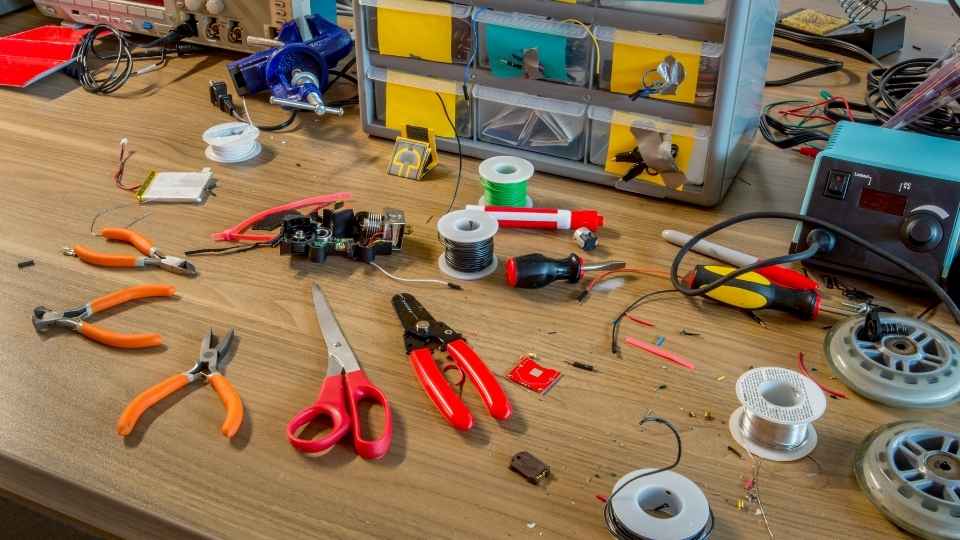
As an electronics enthusiast, I've always been captivated by the intricate world of integrated circuits. It's like deciphering a complex code that unlocks the power of modern technology.
From microchips to analog circuits, each component plays a vital role in shaping our digital landscape.
In this article, we'll delve into the basics of integrated circuits and explore the fascinating realms of digital and analog circuitry.
Get ready to demystify op-amps, uncover advancements, and embrace the boundless freedom that comes with understanding these remarkable creations.
Key Takeaways
- Integrated circuits (ICs) are made up of interconnected transistors and other components, and they revolutionized electronics by allowing complex functionalities in small packages.
- Digital circuits operate on the manipulation of ones and zeros, and they offer higher accuracy, reliability, and immunity to noise compared to analog circuits. They also allow for precise calculations, easy reprogramming, and integration of multiple functions onto a single chip.
- Analog circuits process continuous signals with precision and excel at signal amplification. They have versatile applications in audio processing, sensor interfacing, and power management systems.
- Emerging IC technologies, such as quantum computing, neuromorphic computing, flexible electronics, IoT, and 5G technology, have the potential to revolutionize various industries, including healthcare, automotive, energy, manufacturing, and communication. However, they also present challenges related to power consumption, heat dissipation, cost, compatibility, and security. The future potential of IC technologies includes AI integration, smart cities, biomedical applications, energy efficiency, and the expansion of IoT.
The Basics of Integrated Circuits
Integrated circuits, or ICs, are small electronic devices that contain a large number of interconnected transistors and other components. These tiny wonders have revolutionized the world of electronics by allowing for complex functionalities in small packages.
At their core, ICs consist of multiple layers of semiconducting material, such as silicon, which is used to create transistors. These transistors act as switches that control the flow of electrical current within the circuit. By combining thousands or even millions of these transistors on a single chip, ICs can perform a wide range of tasks, from processing information to controlling devices.
This integration has led to smaller and more powerful electronic devices that offer us the freedom to connect and communicate effortlessly in our modern world.
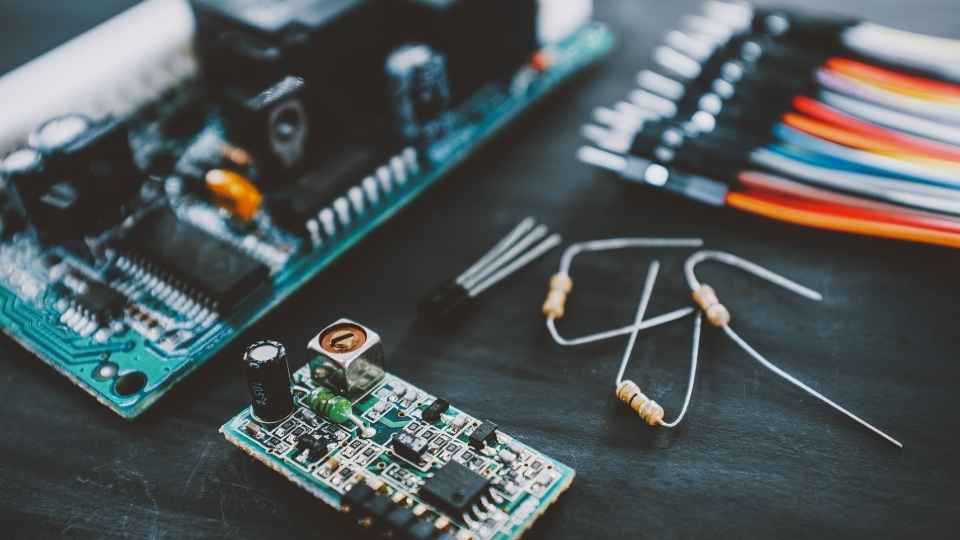
Understanding Microchips and Their Components
To understand microchips and their components, you'll need to familiarize yourself with the various parts that make up these small electronic devices. Microchips are made up of intricate circuits that enable them to perform complex functions. Here are three key components found in microchips:
Transistors: These are the building blocks of microchips. They act as switches that control the flow of electric current within the chip.
Capacitors: These components store electrical charge and release it when needed. They help stabilize voltage levels and filter out noise.
Resistors: Resistors limit or control the flow of electric current within a circuit. They play a crucial role in regulating voltages and preventing damage to other components.
Understanding these fundamental components will give you a solid foundation for exploring the world of microchips and their incredible capabilities. So go ahead, dive into this fascinating realm and embrace the freedom to explore endless possibilities!
Exploring the World of Digital Circuits
As I dive into the world of digital circuits, I'm captivated by the intricate web of logic gates and their ability to process information in binary form.
These circuits, composed of transistors and other electronic components, operate on a simple yet powerful principle: the manipulation of ones and zeros.
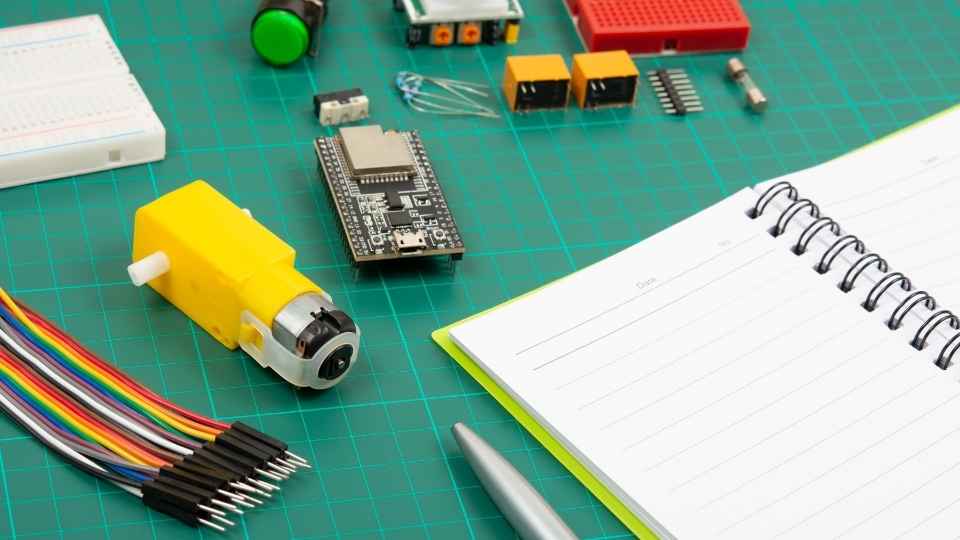
Through this exploration, I aim to uncover the advantages that digital circuits bring to modern technology, such as higher speed, greater precision, and improved reliability.
Binary Logic Gates Explained
You can easily understand binary logic gates by breaking down how they work. These gates are the building blocks of digital circuits and play a crucial role in processing and storing information using only two states: 0 and 1. Here are three key points to help you grasp the concept:
Basic Operations: Binary logic gates perform fundamental operations like AND, OR, and NOT. An AND gate outputs a 1 only when both inputs are 1, while an OR gate outputs a 1 if at least one input is 1. The NOT gate simply reverses the input.
Boolean Algebra: Binary logic gates follow Boolean algebra rules, which define logical relationships between inputs and outputs. Understanding these rules allows for complex circuit design and analysis.
Gate Combinations: By combining different types of binary logic gates, more complex circuits can be created to perform specific tasks such as arithmetic operations or memory storage.
Understanding binary logic gates is essential for anyone interested in digital electronics or computer science, as it forms the foundation of modern computing systems that enable freedom through technology.
Advantages of Digital Circuits
By using digital circuits, I can take advantage of their higher accuracy and reliability compared to analog circuits. Digital circuits operate on discrete values, either 0 or 1, making them more immune to noise and interference. This allows for precise and reliable calculations in various applications such as computers, smartphones, and communication systems.
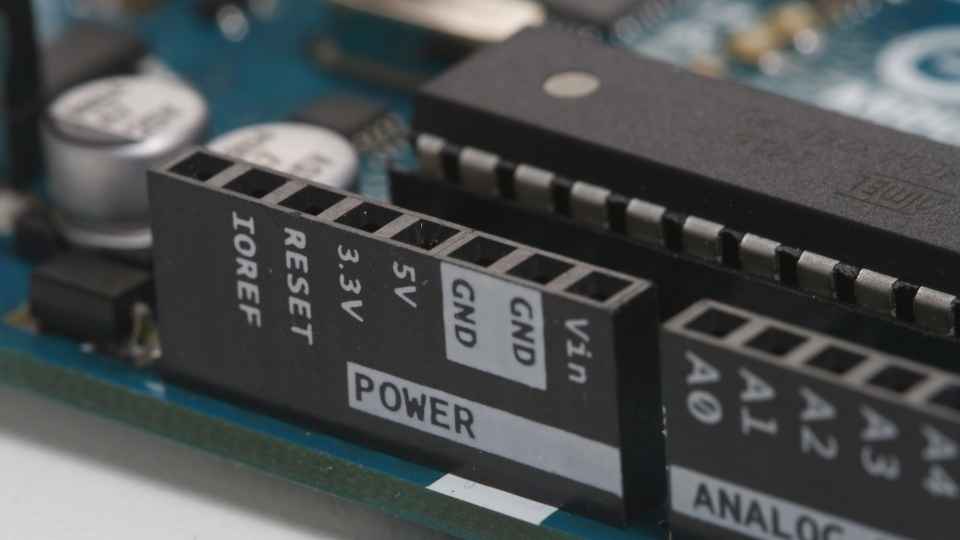
Digital circuits also offer the freedom to manipulate and process information in a variety of ways. With the use of logic gates and flip-flops, complex operations can be performed efficiently and accurately. Additionally, digital circuits can be easily reprogrammed or updated with new functionalities without altering the hardware setup.
Furthermore, digital circuits enable the integration of multiple functions onto a single chip through techniques like Very Large Scale Integration (VLSI). This miniaturization increases portability while maintaining high performance.
Unraveling the Secrets of Analog Circuits
Explore the intricate world of analog circuits and unravel their secrets. Analog circuits are an essential part of modern technology, enabling us to process and manipulate continuous signals with precision. To truly understand analog circuits, here are three key concepts to delve into:
Signal Amplification: Analog circuits excel at amplifying weak signals, allowing us to obtain clearer and more accurate information from sensors or other input devices.
Filtering: Analog circuits can selectively remove unwanted frequencies from a signal, ensuring that only the desired information is passed through.
Voltage Regulation: Analog circuits provide stable and regulated voltages, which are crucial for powering electronic components reliably.
With these fundamental concepts in mind, we can begin to appreciate the versatility and power of analog circuits in various applications such as audio processing, sensor interfacing, and power management systems.

Embrace the freedom that comes with understanding the intricacies of analog circuitry!
Demystifying the Functionality of Op-Amps
Op-Amps, or operational amplifiers, are incredibly versatile devices that play a crucial role in analog circuit design. Their functionality can seem complex, but once demystified, they become powerful tools for signal processing and amplification.
At their core, op-amps are differential amplifiers with high gain and precise linearity. They consist of multiple transistors and resistors that work together to amplify the difference between two input voltages. This amplified voltage is then outputted through a single-ended configuration.
One of the key features of op-amps is their ability to operate in various configurations like inverting, non-inverting, or as summing amplifiers. These configurations allow engineers to manipulate signals according to their specific requirements.
Furthermore, op-amps have exceptional input impedance and low output impedance which make them ideal for interfacing different circuits together without significant signal degradation.
Understanding the functionality of op-amps opens up a world of possibilities for designing analog circuits with precision and freedom.
Advancements and Future Trends in Integrated Circuit Technology
As an engineer in the field of integrated circuit technology, I'm constantly fascinated by the advancements and future trends that are shaping this industry.

The rapid pace of innovation has led to the emergence of new IC technologies that are revolutionizing various sectors, from telecommunications to healthcare.
These advancements have a profound impact on industries by enabling faster processing speeds, higher energy efficiency, and increased functionality in electronic devices.
Emerging IC Technologies
There's been a lot of buzz lately about the latest emerging IC technologies. As an engineer, I can't help but get excited about the possibilities that these advancements bring. Here are three key developments that have caught my attention:
Quantum Computing: This breakthrough technology leverages quantum bits, or qubits, to perform calculations at an unprecedented speed. It has the potential to revolutionize fields such as cryptography and optimization problems.
Neuromorphic Computing: Inspired by the human brain, neuromorphic chips mimic the way biological systems process information. These circuits excel at tasks like pattern recognition and real-time data analysis, making them ideal for applications in artificial intelligence and robotics.
Flexible Electronics: With the demand for portable devices increasing, flexible electronics offer a solution by enabling bendable screens and wearable technologies. This technology relies on novel materials and fabrication techniques to create circuits that can conform to various shapes.
These emerging IC technologies open up exciting new possibilities for innovation and freedom in our increasingly connected world.
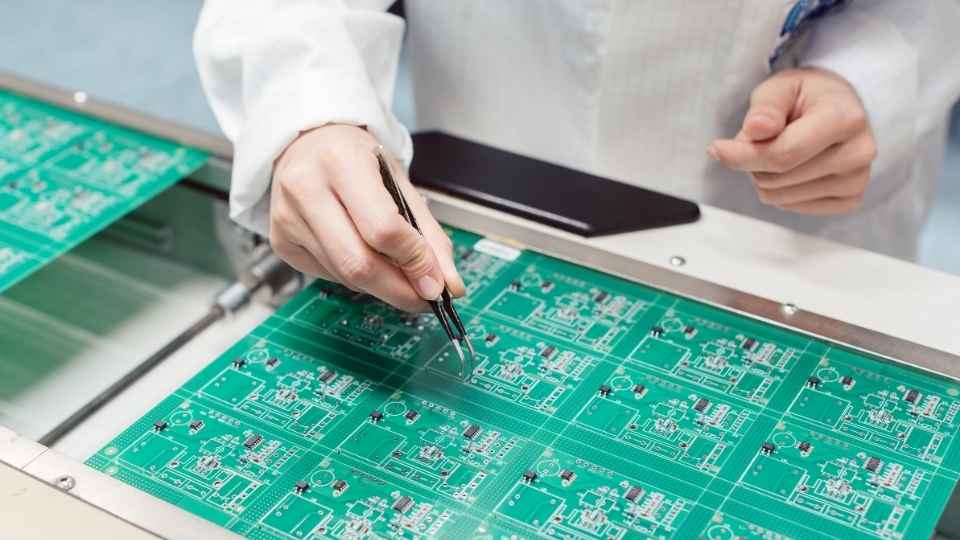
Impact on Industries
The impact of these emerging IC technologies on various industries is significant and far-reaching. As an engineer working in this field, I've witnessed firsthand how these advancements have revolutionized multiple sectors.
In the healthcare industry, for example, integrated circuits enable the development of smaller and more efficient medical devices, allowing for improved patient care and diagnosis.
Similarly, in the automotive industry, IC technologies have paved the way for advanced driver assistance systems and autonomous vehicles, enhancing safety and driving experience.
Additionally, in the energy sector, integrated circuits play a crucial role in optimizing power generation and distribution systems.
These technologies provide freedom to industries by enabling them to innovate and improve their products and services in ways that were previously unimaginable.
The future potential of IC technologies is vast, promising even greater impacts across various industries.
Frequently Asked Questions
How Can I Design My Own Integrated Circuit?
I can design my own integrated circuit by understanding the principles of digital and analog circuit design, using specialized software tools like CAD, and following the industry standards for layout and fabrication processes.
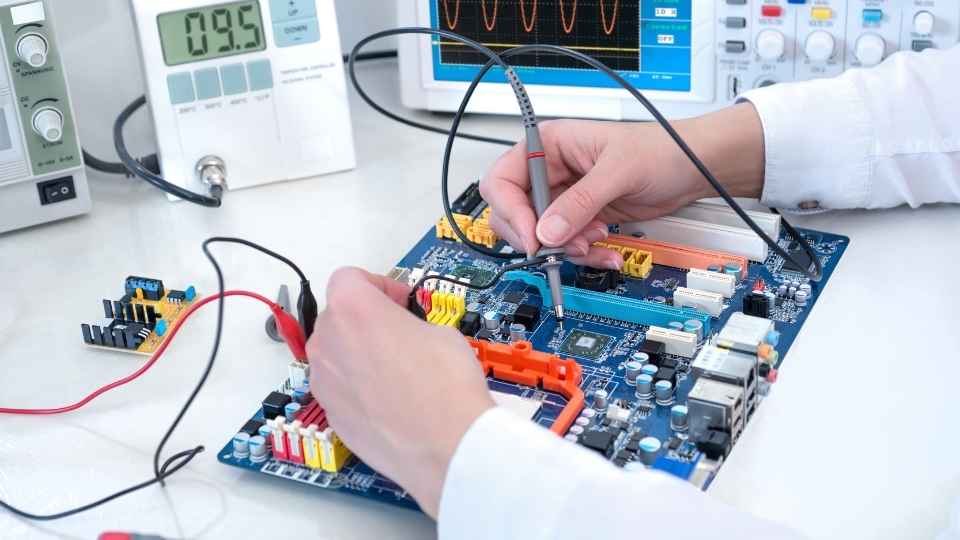
What Are Some Common Applications of Integrated Circuits in Everyday Life?
Integrated circuits are used in everyday life to power a variety of devices, such as smartphones, computers, and televisions. They allow for faster processing speeds, increased memory capacity, and improved efficiency in electronic systems.
Can You Explain the Difference Between Digital and Analog Circuits?
Digital circuits use discrete voltage levels to represent information, while analog circuits use continuous voltage levels. Digital circuits process data in binary form, while analog circuits work with continuously varying signals.
Are There Any Limitations or Drawbacks to Using Integrated Circuits?
There are limitations to using integrated circuits, such as power consumption and heat dissipation. Additionally, their complexity can make troubleshooting and repair difficult. However, these drawbacks are outweighed by the numerous advantages of integrated circuits in modern technology.
What Are Some Challenges or Obstacles That Researchers Are Currently Facing in the Field of Integrated Circuit Technology?
Some challenges researchers currently face in integrated circuit technology include shrinking transistor sizes, increasing power consumption, and maintaining signal integrity. These obstacles require innovative solutions to ensure the continued advancement of this field.
 Basic Electronics ConceptsEssential ToolsCircuit Design BasicsMicrocontrollersDIY Electronics ProjectsRoboticsPrivacy PolicyTerms And Conditions
Basic Electronics ConceptsEssential ToolsCircuit Design BasicsMicrocontrollersDIY Electronics ProjectsRoboticsPrivacy PolicyTerms And Conditions
